Neuroendocrine Liver Metastasis
- Somatostatin receptor-based imaging techniques like gallium-68 dotatate PET/CT with high sensitivity in NET detection
- Telotristat, recently FDA-approved drug in ameliorating symptoms of patients with poorly controlled carcinoid syndrome
- 177Lu-Dotatate, a radiolabeled somatostatin analog, with significant improvement in PFS of patients with advanced midgut NET
- Molecular-targeted therapies such as everolimus and sunitinib with antitumor activity to improve PFS in advanced PNET
.jpg)
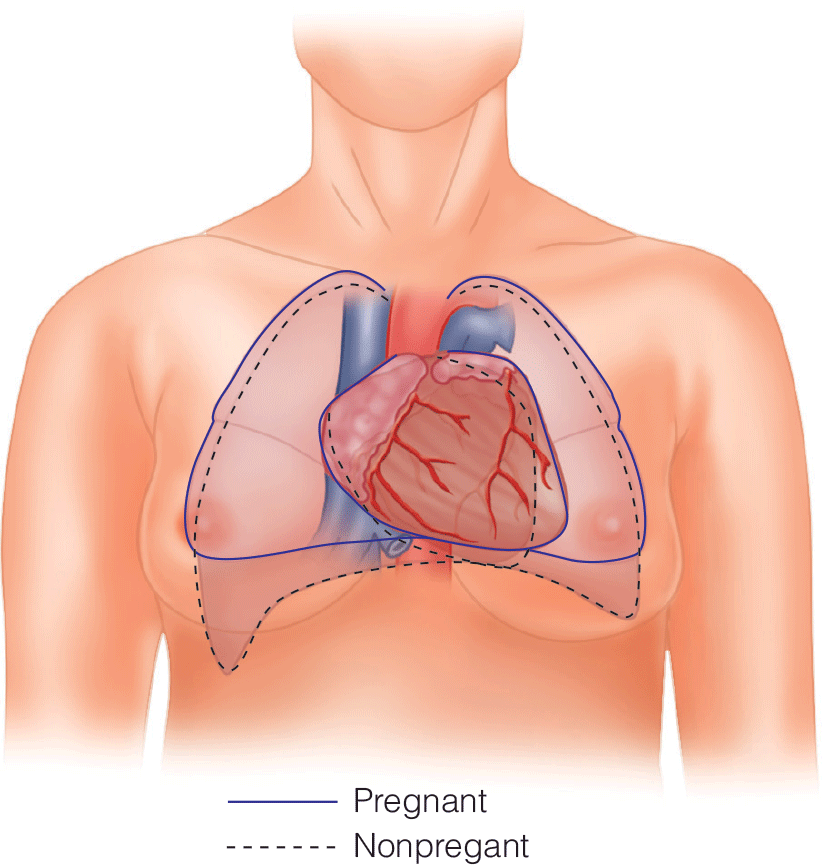
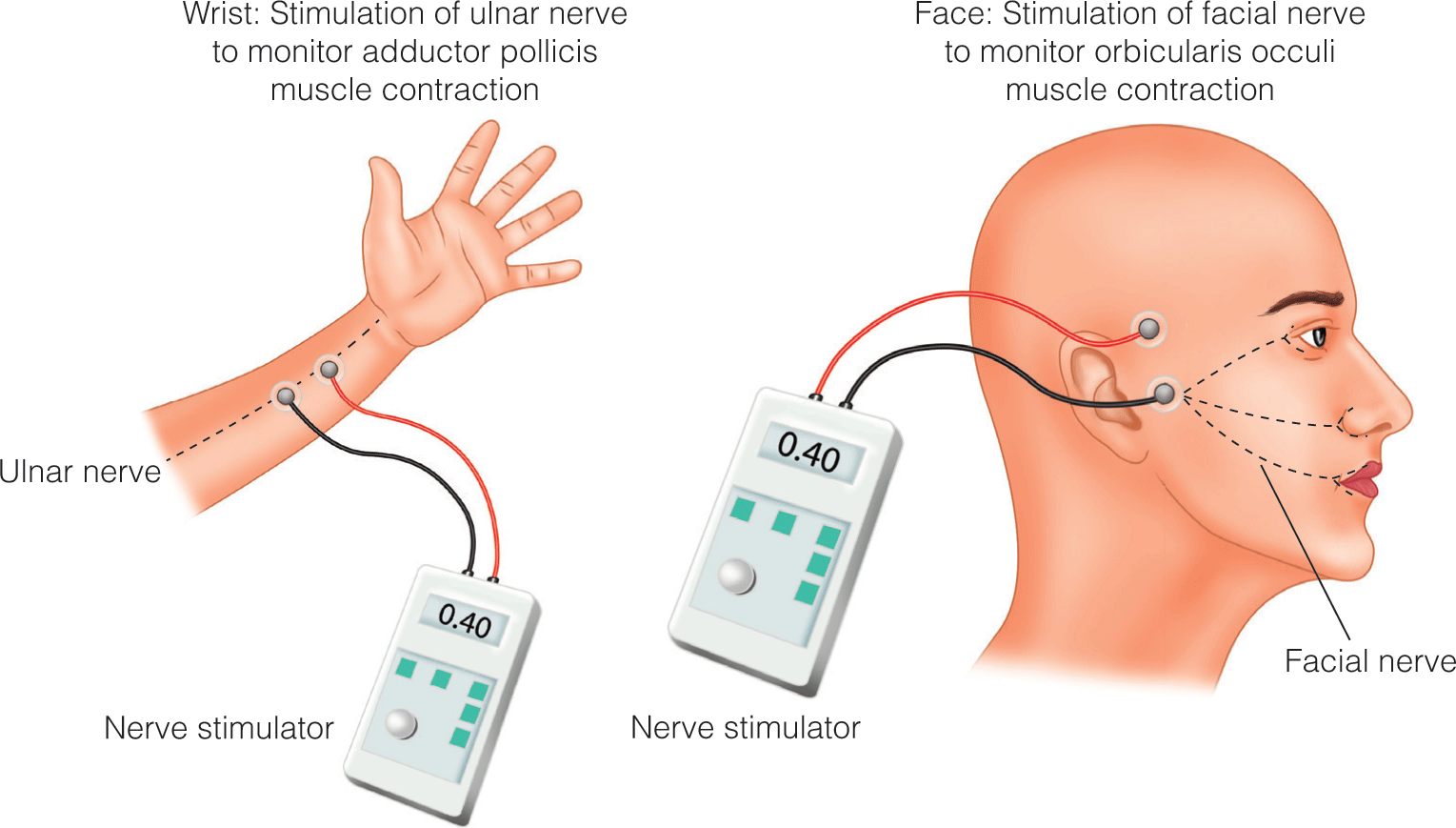
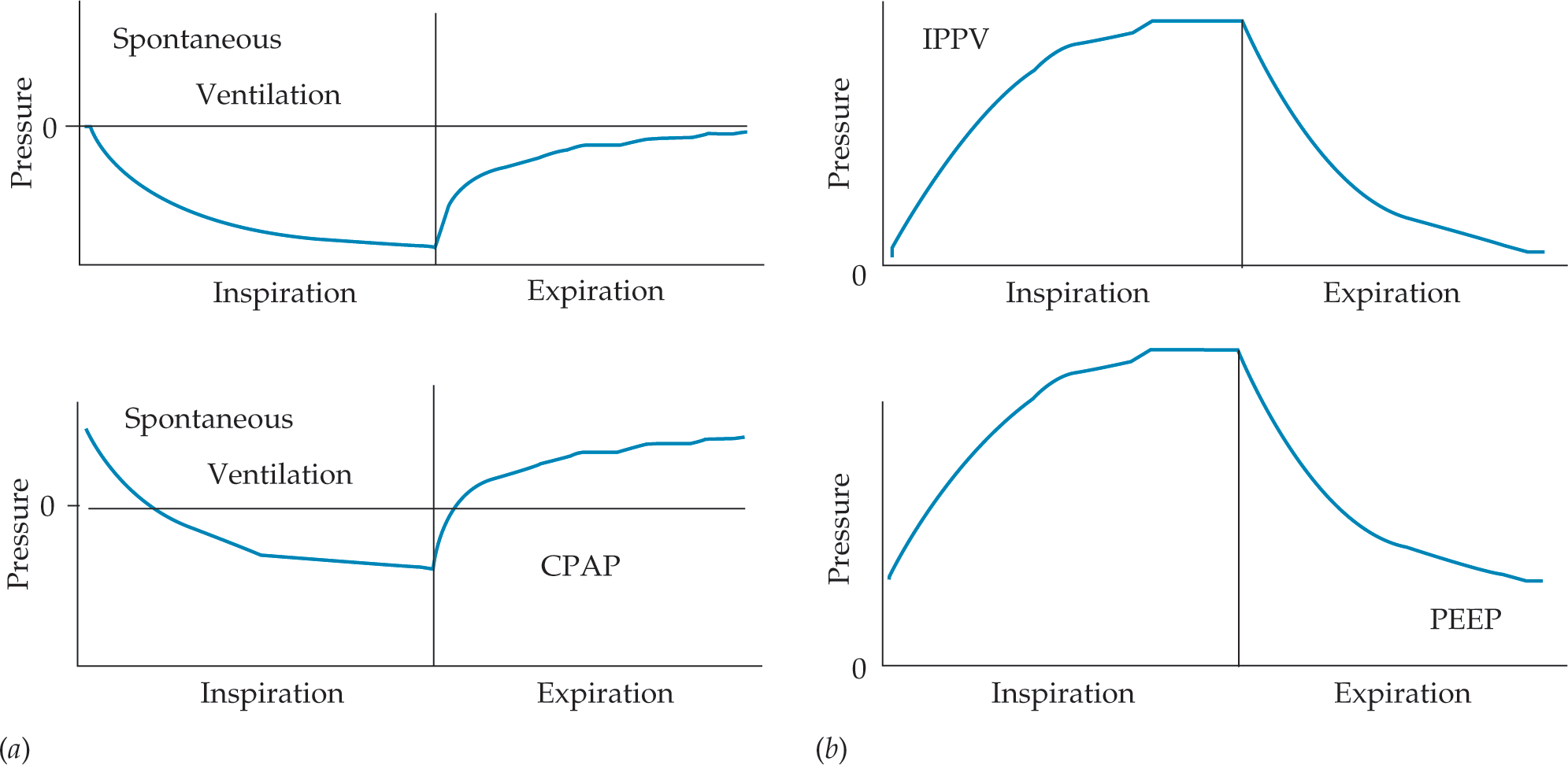
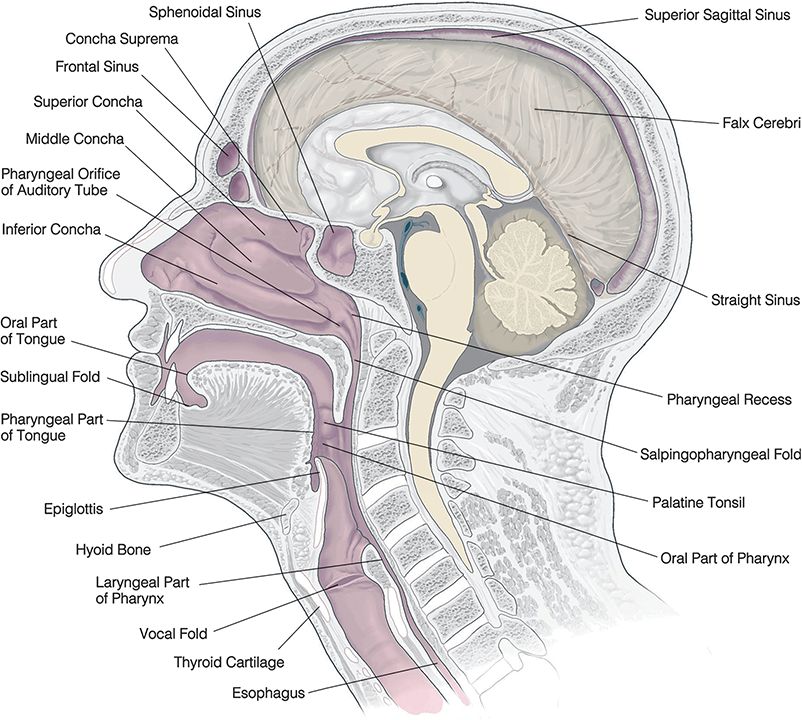
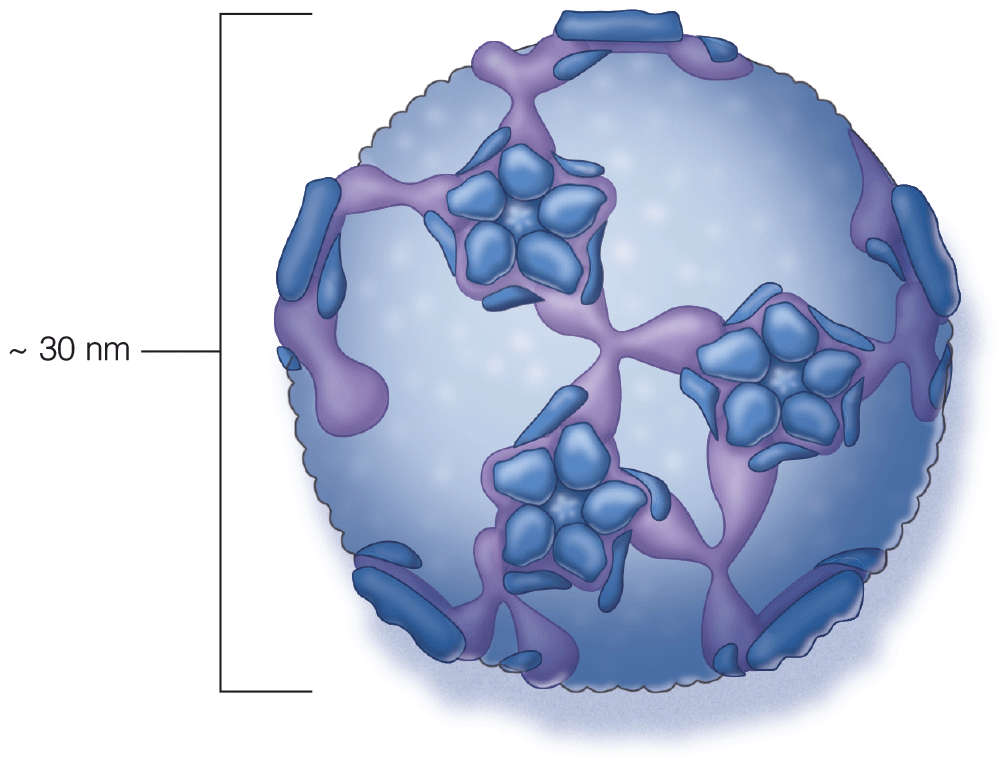


.png)







